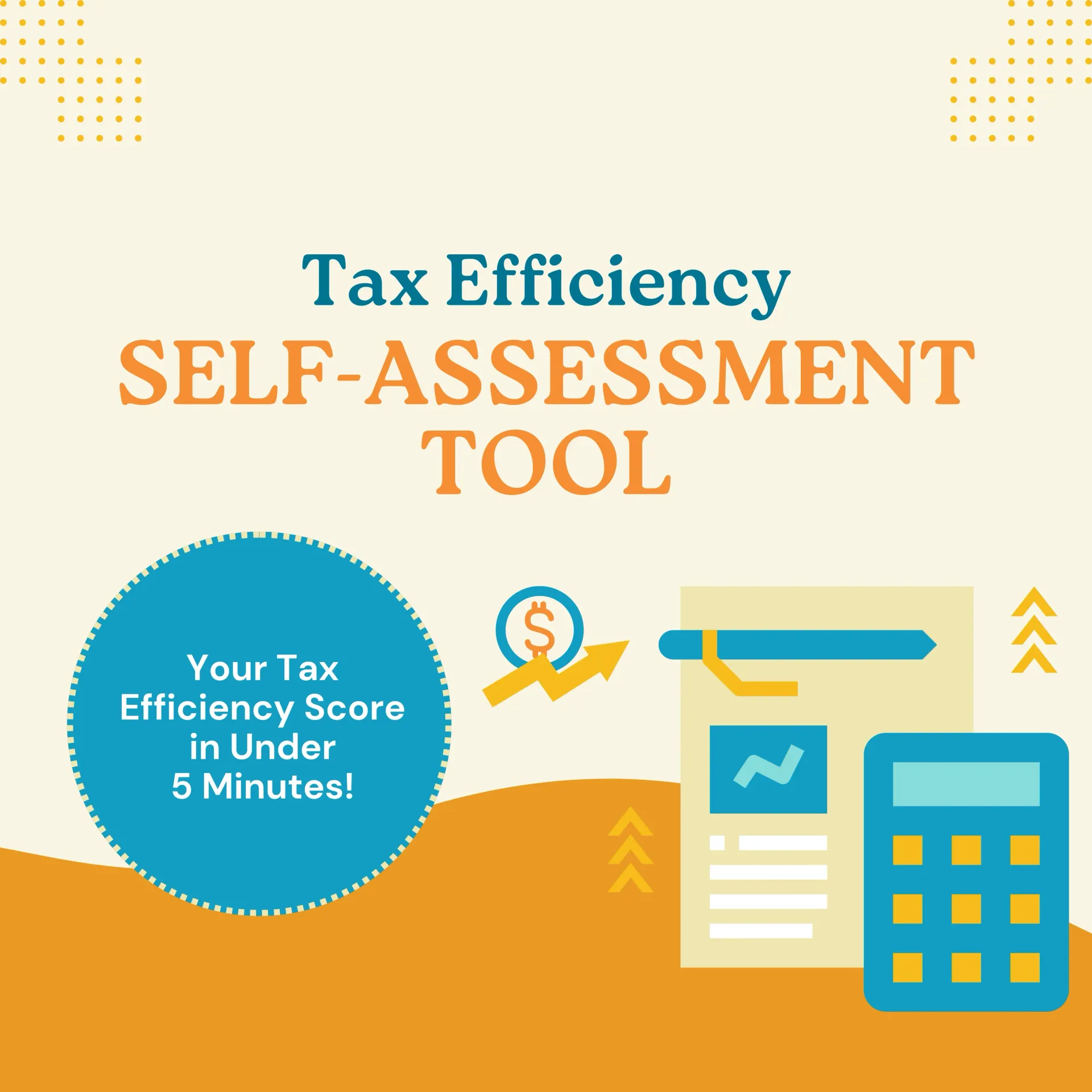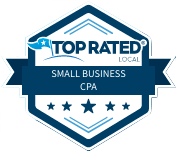Bootstrapping vs. Venture Capital: The Financial Pros and Cons for Startups

When it comes to launching a startup, there’s no one-size-fits-all path—especially when it comes to funding. Some founders go all in, using personal savings and early revenues to build from the ground up (that’s bootstrapping). Others seek outside money, giving up equity in exchange for a faster runway and access to big-league networks (that’s venture capital). Both options come with benefits—and baggage.
Straight Talk CPAs helped hundreds of entrepreneurs make sense of the numbers behind their big decisions. One of the biggest early questions we see: Should we bootstrap this or raise capital? The truth is, the right answer depends on your goals, your tolerance for risk, and your vision for how fast—and how far—you want to scale.
Let’s break it down.
What Is Bootstrapping?
Bootstrapping means building your business with little or no outside investment. Most often, it’s a mix of personal savings, reinvested profits, and sometimes credit cards or small business loans. You’re essentially self-funding the entire operation.
Financial Pros of Bootstrapping
Full Control
This is your business, your way. No investor board meetings. No quarterly performance pressure from outsiders. Founders who bootstrap retain 100% ownership and call all the shots. That kind of freedom is rare—and powerful.
Equity Stays in Your Hands
Equity is expensive. Bootstrapping means you don’t have to give up a chunk of your company in exchange for cash. If the business takes off, the future rewards stay with you and your team.
Focused, Lean Growth
Bootstrapped startups often stay scrappy. And that’s not a bad thing. With every dollar counting, founders are more disciplined, often testing ideas faster and cutting out fluff. This kind of pressure can lead to sharper business models and stronger foundations.
Financial Cons of Bootstrapping
Slower Growth
Without a capital injection, growth can take time. You might not be able to hire that dream team or scale your marketing engine right away. That’s the tradeoff—control versus speed.
Limited Safety Net
If the business hits a rough patch, there’s no VC war chest to fall back on. Founders often carry the financial burden, which can be personally and professionally stressful.
Personal Risk
Many bootstrapped founders use personal savings or go into debt to get started. If things don’t pan out, the impact hits home—literally. That risk isn't for everyone.
Real-Life Example:
Mailchimp is one of the most famous bootstrapped successes. The founders never took a dime of VC funding. They grew slowly, reinvested profits, and stayed in full control. In 2021, they sold to Intuit for $12 billion.
What Is Venture Capital?
Venture capital (VC) means bringing in outside investors who fund your business in exchange for equity. These firms typically invest in high-growth startups with big market potential.
Financial Pros of Venture Capital
Fast Access to Capital
Need a few million to build out your team, scale operations, or expand into new markets? VC funding can get you there—fast. It’s not just money; it’s rocket fuel.
Valuable Networks
VCs don’t just bring cash. They often bring advisors, connections, and access to future investors. A strong VC partner can open doors that are otherwise out of reach.
Risk Sharing
By spreading financial responsibility among investors, you protect your personal assets. If the startup fails, you're not alone in carrying the loss.
Financial Cons of Venture Capital
Diluted Ownership
Taking VC funding means giving up equity. The more rounds you raise, the smaller your piece of the pie becomes. That can be tough when you've poured years into building something from scratch.
Pressure to Scale
VCs want returns—and they want them big. That often means aggressive growth targets and pushing toward an exit (IPO or acquisition), sometimes faster than the business is ready for.
Less Autonomy
You’re not the only voice in the room anymore. Major decisions may require investor approval. Sometimes the founder vision gets overridden by boardroom expectations.
Real-Life Example:
Uber raised billions in venture capital, which helped it dominate the rideshare market globally. But with that capital came rapid scaling, heavy burn, and relentless investor pressure—even when profits were elusive for years.
Key Considerations Before Choosing
1. What’s Your Business Model?
Bootstrapping works well for service-based or low-overhead businesses with steady revenue early on. If your startup needs major upfront investment—like building a product, tech infrastructure, or hardware—VC funding might make more sense.
2. How Fast Do You Want to Grow?
If you're aiming for fast market capture, VC might help you outpace competitors. But if you're building a long-term, sustainable brand, slower organic growth through bootstrapping could keep your vision intact.
3. Are You Comfortable With Risk?
Bootstrapping puts your personal finances on the line. If that risk feels too steep, and you're sitting on a scalable idea with big market potential, raising capital may offer a less risky route.
4. How Much Control Matters to You?
Some founders are okay handing over the reins (or at least sharing them) if it helps the business scale. Others would rather grow slower than give up creative or operational control. Know where you stand before you go fundraising.
Hybrid Models: The Best of Both Worlds?
Some companies start bootstrapped, gain traction, then take on investors later to accelerate growth. Others raise a small round from angel investors or friends and family—less pressure, but still a cash boost.
Then there’s revenue-based financing, crowdfunding, and even grants. Startup financing isn’t black-and-white anymore. It's a spectrum.
Example:
Basecamp (now 37signals) bootstrapped for years, took a minority investment from Jeff Bezos in 2006, then remained privately held while still scaling sustainably. That’s a hybrid success story with long-term vision intact.
Final Thoughts
At the end of the day, funding isn’t just about the dollars—it’s about what kind of business you want to build and the journey you're willing to take. Some founders dream of owning 100% of a $10M business. Others would rather own 10% of a $1B company. Neither is wrong. They’re just different roads.
Straight Talk CPAs helps founders understand the financial impact of those roads before the journey begins. Whether you’re eyeing that first investor pitch or calculating if your savings can stretch six more months, a solid financial strategy makes all the difference.
Don’t make the decision in a vacuum. Look at your numbers, your goals, your timeline—and talk it through with a team that’s seen every side of the startup coin.
Discover Your Tax Savings Score in Minutes!


Salim is a straight-talking CPA with 30+ years of entrepreneurial and accounting experience. His professional background includes experience as a former Chief Financial Officer and, for the last twenty-five years, as a serial 7-Figure entrepreneur.




